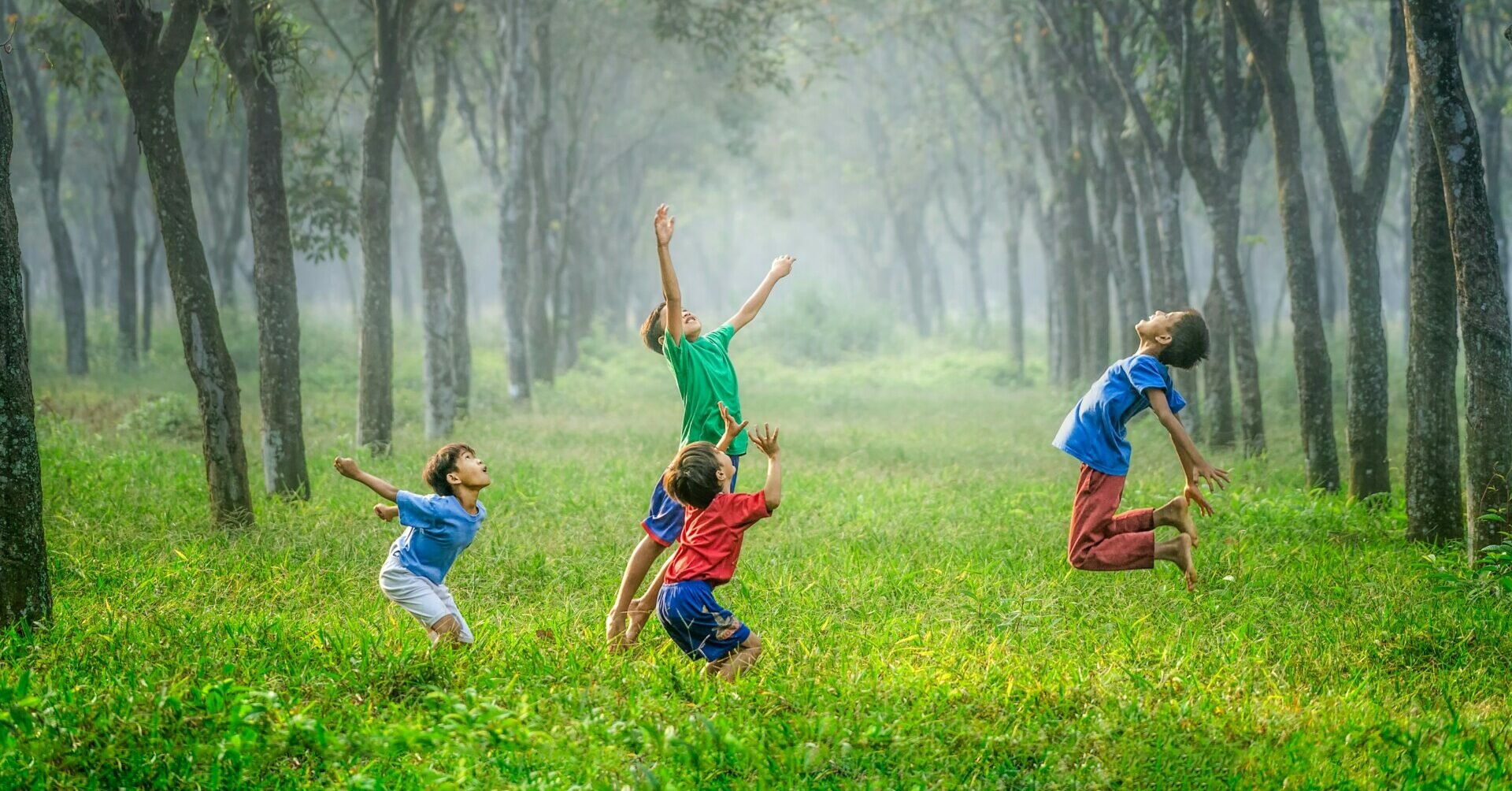Contrary to what you read online, since 2000 until today, enormous progress has been made in many countries around the world in the fight against the exploitation of child labor. Globally, the number of the number of children involved in child labor decreased from 245 million to 160 million between 2000 and 2020, according to report estimates Child labor: global estimates 2020 developed by the International Labor Organization (ILO). Among them, 79 million hold dangerous jobs: a phenomenon recorded mainly in the weakest economies in the South of the world.

The graph shows the steady decline in the exploitation of child labor from 2000 to 2020
However, the media's magnifying glass always and only focuses on negative data (we explain why here), which is nevertheless there. As UNICEF reports, these figures have increased over the past four years, mainly due to geopolitical instability and the socio-economic consequences of the Covid-19 pandemic.
You too can rediscover the pleasure of staying informed!
Your support helps protect our independence so that we can continue to produce quality journalism that is open to all.
Support us
On the occasion of the World Day Against Child Laborwhich takes place every year on June 12 and was created in 2002 by the ILO to raise public awareness and promote effective measures to combat this phenomenon, we did an analysis of the current situation on an Italian and global scale.
Child labor in the world and in Italy
Child labor is a widespread problem in many parts of the worldparticularly in sub-Saharan African and Asian countries, where the livelihood of local communities relies heavily on manual labor and children are often forced to contribute to family support.
But that's not all: in many cases, extreme poverty forces many families to abandon your children as bargaining chips. Exploiters, who purchase the services of children and young people, employ minors in dangerous work, such as in mines in Cambodia, tea plantations in Zimbabwe or textile factories in Bangladesh: all dangerous activities which harm to their right to health, education and play.

The map where the phenomenon of exploitation of child labor is most present.
Italy is much less affected by the phenomenon of exploitation of child labor, compared to other regions of the world. In our country, however, there is no comprehensive statistical data. Save the Children's “It's Not a Game” report estimates that around 336,000 Italian minors aged 7 to 15 have had work experience, or around 1 in 15. Of these, around 58,000 are engaged in particularly harmful activities. to their well-being. In this regard, the sectors most affected are catering and agriculture, but new forms of exploitation of child labor are also emerging, such as the creation of content for the Web.
Solutions implemented by States
In 2023 Italy launches memorandum of understanding against child exploitation which provides for the promotion of information (intended for minors) on protections linked to the world of work, the collection and dissemination of data on child labor (regular and irregular) and the promotion of training programs on safety at work. work.
The European Union has launched two programs to combat the phenomenon: the “Children's Rights Strategy” (2021) and the “Youth Action Plan” (2022), two measures which aim to guarantee the fundamental rights of children living in Europe.
The EU is also involved in some programs aimed at eradicating child labor globally.providing technical and financial assistance: the project “Light cotton” aims to combat child labor in the cotton supply chain in Africa and South America. The program “Sustainable cocoa” instead, it promotes sustainable cocoa production methods and works to prevent child exploitation on West African plantations.
What is missing to combat child labor
As reported Land of men, the fight against social inequalities and the strengthening of social protection systems are essential reduce the number of working children.
In this regard, according to the ILO, it is essential to guarantee adequate compensation and improve workplace safetythus offering solid alternatives to families of children.
Combating the phenomenon is also necessary allocate adequate resources to school systemsmake books and transport free and promote other solutions to combat school dropouts and thus guarantee the right to education to as many children as possible.
